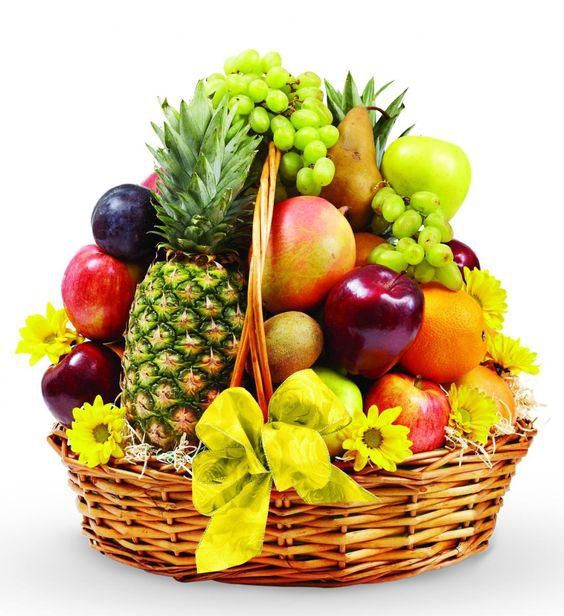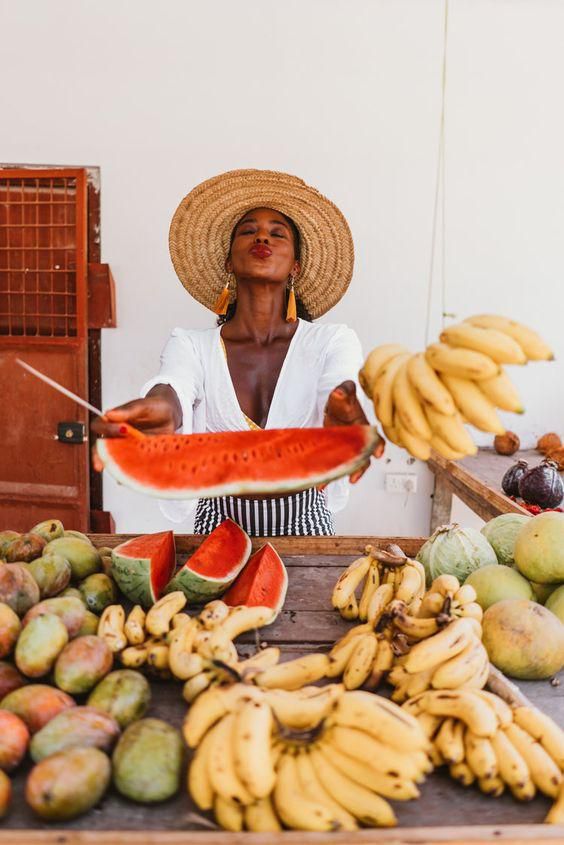How much sugar is in your fruit? 26 Fruits rated by their sugar content
)
Fresh fruits are nutritious foods and healthy sources of minerals, vitamins, fibre, and phytochemicals. So where does concern about their sugar content come from?
Fruits have a high glycemic load but they balance it out with their fibre and seeds. This way they don't destabilise the blood sugar.
Wild fruits and domesticated fruits
However, fruits have come a long way from the wild foods they once were to the domestic form they are in today.
There's a huge difference between the wild fruits our ancestors enjoyed and the larger, sweeter domestic counterparts with less fibre that we consume today.
So it's safe to say that the sugar content of these domestic fruits needs to be watched. According to Doctor Loren Cordain, if you are watching your weight or blood sugar levels, you should limit your intake of fruits with high sugar content.
Instead, eat veggies until your health stabilises enough.
Beware of dried fruits as they can resemble candies in sugar-level content.
It is also important to note which fruits have low sugar content and are safe to eat.
Below are four categories of sugar content in fruits.
Fruits lowest in sugar
- Lemon and Lime
- Rhubarb
- Raspberries
- Blackberries
- Cranberries

Fruits low-medium in sugar
- Strawberries
- Watermelon
- Peaches
- Nectarines
- Blueberries
- Cantaloupes
- Honeydew melons
- Apples
- Apricots (fresh, not dried)
- Grapefruit

Fruits with medium-high sugar
- Plums
- Oranges
- Kiwi
- Pears
- Pineapple

Fruits with the highest Sugar
- Tangerines
- Cherries
- Grapes
- Pomegranates
- Bananas
- Dried fruit (raisins, dried apricots, prunes)

)
)
)
)
)
)